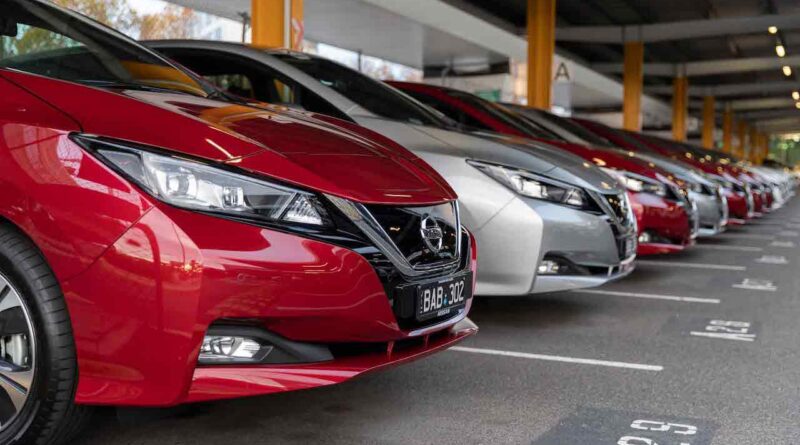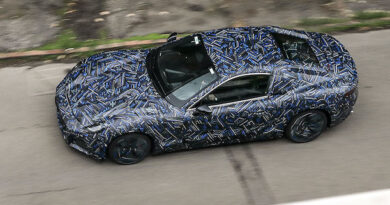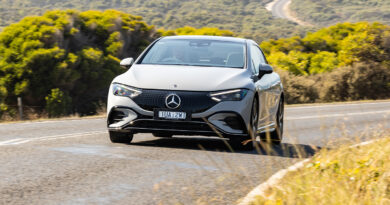Aussie first! Nissan Leafs power the grid
A major vehicle-to-grid (V2G) trial is has been launched in the Australian Capital Territory employing 51 Nissan Leaf battery electric vehicles.
The Leafs are being distributed across the ACT government fleet replacing orthodox internal combustion engine (ICE) vehicles as part of a project dubbed Realising Electric Vehicle-to-Grid Services (REVS).
When not in use as transport the Leafs will be plugged in to provide electricity back into the grid.
The trial, the first of its kind in Australia and one of the largest in the world, is being backed by Australian Renewable Energy (ARENA) to the tune of $2.4 million in funding to ACT electricity provider ActewAGL to demonstrate V2G.
The trial is a precursor to the customer launch of the second generation Nissan Leaf’s V2G technology in Australia later this year.
Technically speaking, the Leafs will provide Frequency Control Ancillary Services (FCAS) to the National Electricity Market.
The FCAS system refers to the energy used to keep a power grid operating at its optimum levels at times of fluctuating demand.
It’s this injection or reduction of power that prevents instability in the grid that can lead to blackouts. The trial will focus on the Leaf’s ability to provide energy to the grid to help stabilise the load in peak and off-peak periods.
Nissan says the trial previews a near future in which Australian homes can essentially be off the grid, transforming electric vehicles from vehicles to mobile energy solutions.
For customers with solar panels, the Leaf’s 40kWh battery is able to store solar energy during the day, and then use that energy to supply a home’s power needs at night, potentially unlocking zero-cost mobility and zero-cost home energy.
The average daily electricity use for a house is 15.2kWh, according to AusGrid.
Alternatively, customers who use a workplace or public site to charge their vehicles can then use that power to supply their homes. A parked car could even become a revenue-generating asset for its owner by providing support to the energy grid by feeding power back into the grid and providing ancillary services.
ActewAGL will be working alongside a consortium of academic, government, transport and electricity system partners including the Australian National University (ANU), JET Charge, Evoenergy, SG Fleet, ACT Government and Nissan.
Utilising the data from the trial, the ANU will lead the development of a roadmap for the commercialisation of V2G technology for all stakeholders.
Arena CEO Darren Miller said this trial is an important first step in demonstrating how EVs can support the grid.
“As EV uptake grows, this project will help to unlock a future where EVs are just as critical a piece of the electricity sector as the transport sector,” he said.




